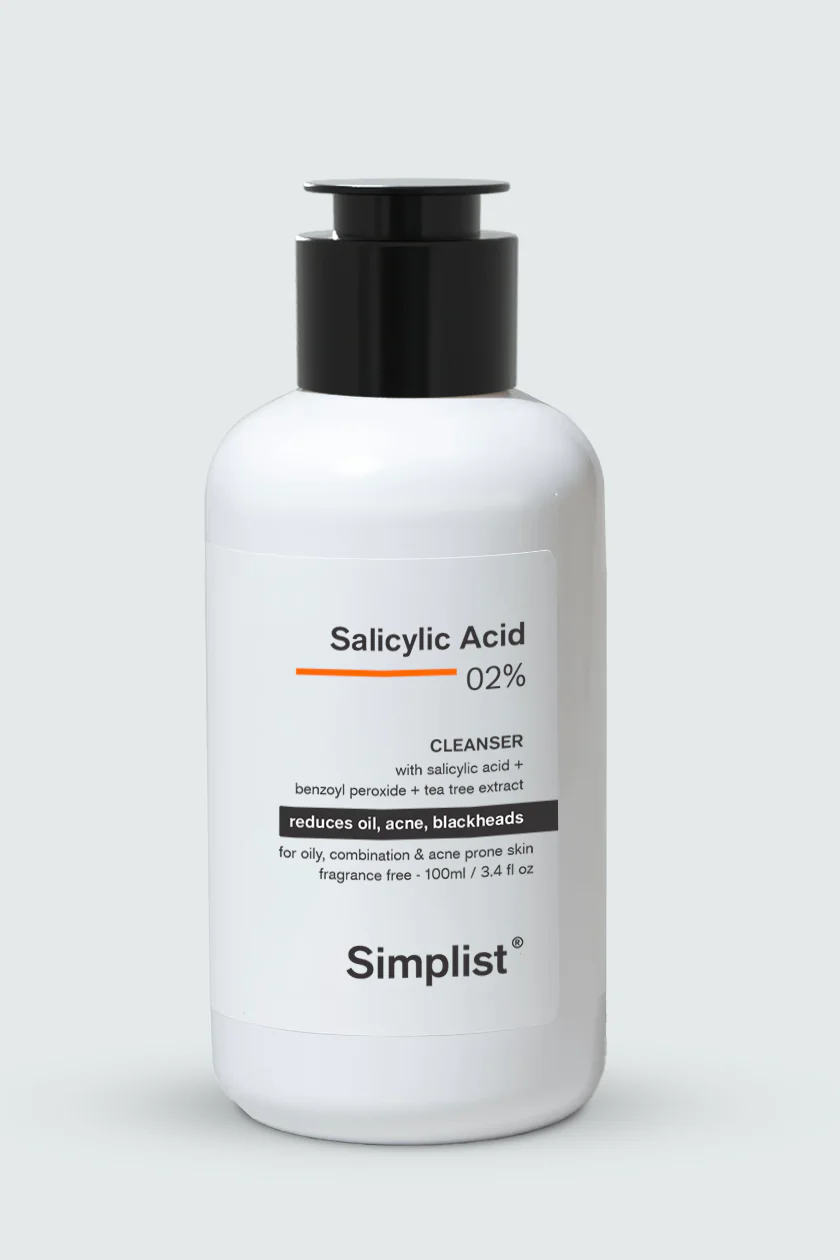Salicylic Acid Face Wash in Pakistan is often hailed as the holy grail for acne-prone and oily skin. It’s one of the most effective beta-hydroxy acids (BHAs) known for penetrating deep into your pores and clearing out excess oil, dirt, and dead skin. But despite its benefits, many people unknowingly misuse this powerful skincare ingredient—leading to breakouts, dryness, and irritation.
In this article, we’ll break down the five most common mistakes people make when using salicylic acid face wash—and how to avoid them to get glowing, clear skin without the drama.
1. Overusing the Face Wash
Mistake: Thinking that using salicylic acid multiple times a day will speed up results.
Many believe that the more you use a product, the better your results will be. But with salicylic acid, overuse can backfire. Using it more than recommended—usually once or twice a day—can lead to dryness, flakiness, and even redness.
Fix: Stick to the instructions. Start with once daily to let your skin adjust. If your skin tolerates it well, you can increase to twice a day. Pay attention to how your skin reacts and dial back if irritation starts.
2. Not Using Moisturizer Afterwards
Mistake: Skipping moisturizer because you’re worried it will clog pores.
This is a huge no-no. While salicylic acid helps to unclog pores and reduce oiliness, it can also strip your skin’s natural moisture barrier. Without replenishing that moisture, your skin may produce even more oil to compensate—leading to breakouts.
Fix: Use a non-comedogenic moisturizer after cleansing. Look for formulas with soothing ingredients like hyaluronic acid, ceramides, or aloe vera to balance your skin.
3. Mixing with Harsh Actives
Mistake: Combining salicylic acid with strong actives like retinol, benzoyl peroxide, or AHAs without professional advice.
While these ingredients can individually do wonders, using them together with salicylic acid can over-exfoliate and irritate your skin, especially if you’re not used to active ingredients.
Fix: If you’re planning to use more than one active, space them out. For example, use salicylic acid in the morning and retinol at night. Or alternate days. Always patch test when combining new ingredients.
4. Expecting Instant Results
Mistake: Giving up too soon because you don’t see results right away.
Salicylic acid isn’t a magic wand—it takes time to work. Many users become impatient after a week or two and stop using it, thinking it doesn’t work.
Fix: Give it at least 4 to 6 weeks. That’s the average time it takes for skin cells to renew. Consistency is key. With regular use, you’ll notice a smoother texture, fewer breakouts, and clearer pores.
5. Applying It on Broken or Sensitive Skin
Mistake: Using salicylic acid on sunburned, overly exfoliated, or wounded skin.
Salicylic acid is still an acid—it can sting or cause further damage when applied to compromised skin. If your skin is already irritated, it needs healing, not more exfoliation.
Fix: Avoid salicylic acid until your skin barrier is healed. In the meantime, focus on hydration and barrier-repair products like squalane, centella asiatica, and panthenol.
Final Thoughts
Salicylic acid face wash is a game-changer for anyone battling acne, blackheads, or oily skin—but only when used correctly. By avoiding these common mistakes, you can harness the full power of this exfoliating hero without harming your skin.
Remember, skincare is all about balance and consistency. Treat your skin gently, be patient with your results, and you’ll be rewarded with a healthier, clearer complexion.
Frequently Asked Questions (FAQs)
1. Can I use salicylic acid face wash every day?
Yes, most people can use it once daily. If your skin tolerates it well, you may use it twice a day. But if you notice dryness or irritation, reduce usage.
2. Is salicylic acid safe for sensitive skin?
It can be, but it’s best to start slowly. Use a low-concentration formula (0.5%-1%) and monitor your skin’s reaction.
3. Can I use salicylic acid with vitamin C?
It’s not usually recommended to layer them directly. Use salicylic acid in the evening and vitamin C in the morning to avoid irritation.
4. Should I still moisturize after using salicylic acid?
Absolutely! Moisturizer is essential to prevent dryness and support your skin’s barrier function.
5. How long does it take for salicylic acid to show results?
Typically, 4 to 6 weeks of consistent use will show noticeable improvement in skin texture and clarity.







